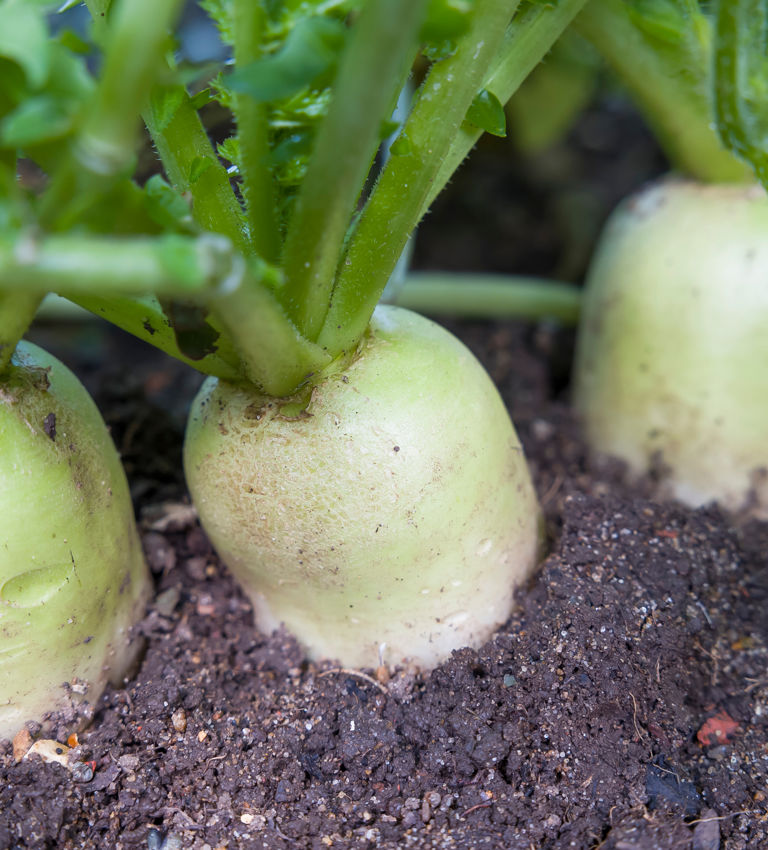
What’s growing on the estate this November?
Join us as we tour the estate, learn about daikon and share a tasty winter salad recipe to recreate at home.

Join us as we tour the estate, learn about daikon and share a tasty winter salad recipe to recreate at home.
Learn more about everything we're doing on the Ashford Estate to ensure we #MakeTravelMatter, in association with The TreadRight Foundation.
Find out more